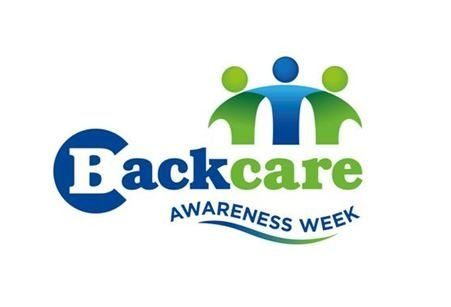Benefits of Pilates for Back Pain ...
According to various studies, 90 percent of us will experience at least one episode of lower back pain in our lives. It’s also likely that many of us will hear this: “Back pain? You should try Pilates.” The incidence of back pain is rising because of our sedentary lifestyles and increased dependence on technology combined with a “Weekend Warrior” mentality when it comes to exercising. For people in their 30s and beyond, back pain can be a chronic or constant problem, especially if one is overweight and/or inactive. Conditions such as arthritis and even depression and anxiety can predispose someone to back pain.
Read on to discover how Pilates can help if you or someone you know that is experiencing back pain.
There’s a reason all those well-meaning friends and acquaintances recommend Pilates for back pain. Pilates strengthens the core, a corset-like group of muscles that stabilize the trunk and pelvis much like a weightlifter’s belt. Equally important, Pilates increases awareness for proper posture and healthy body mechanics. When we stand or sit with a tall spine, we create space between the vertebral discs, relieving pressure. These two actions, pulling in the abdominal muscles and lengthening the spine work in tandem to create a stronger, more supple back.
Benefits of Pilates for Back Pain
Sometimes the cause of back pain isn’t the back at all but rather an imbalance in the hips or pelvis. Over time, our unconscious habits like sinking into one hip while standing or crossing one leg over the other while seated can cause back pain. Pilates exercises are designed to counteract and address these postural imbalances. A good instructor can spot potential problems such as one leg that works harder or one side of the hip that sits higher than the other. The instructor can then help you work on aligning and stabilizing the pelvis and legs, thereby lessening the strain on the back muscles.
Think of a Pilates practice as an antidote to our modern lifestyles. Lots of driving or sitting at a desk lead to tight hamstring muscles and weak gluteal muscles. This pulls the lumbar spine (lower back) into an undesirable anterior tilt, creating strain. Similarly, hunching over our phones and desktop computers creates a kyphotic (rounded forward) posture. Pilates exercises emphasize the “neutral spine,” an ideal posture that respects the natural, healthy curves of the lower, mid and upper back.
A single Pilates workout can sometimes improve back pain in the same way that a massage can bring relief to tight muscles. But for more lasting results and to prevent future flare-ups, it is recommended to get in two or three Pilates workouts per week. Give yourself at least four to six weeks to feel the results. Note that these workouts don’t have to be grueling hour-long sessions at a studio or physical therapy office. Even a short series of simple exercises and stretches, done consistently, can create lasting improvement.
Once you start to practice Pilates, you will automatically begin to implement healthier movement patterns into your daily activities such as unloading groceries from the car or picking up a toddler. Pilates increases awareness of proper spinal alignment and good posture, so if you feel yourself starting to slump, hunch or dump into one hip, you can correct it in the moment. In short, Pilates will help you fix the problem (harmful movement patterns) while also relieving the symptoms (back pain and discomfort).
Not every Pilates exercise is suitable for those suffering from back pain. In general, avoid rolling (rolling like a ball) and other rolling exercises), twisting (saw) and extreme flexion (neck pull) or extension (swan dive) of the spine. Not only can these movements be jarring to the delicate spinal muscles, and they also just don’t feel good if you are suffering from a back pain flare-up.
Can Pilates Aggravate Back Pain?
If you suffer from back pain, check with your physician before beginning Pilates or any exercise program. There may be certain movements or positions that you should avoid, depending upon your particular issue. Once you are cleared to begin, start with the pre-pilates exercises such as the pelvic curl, chest lift, toe taps and dead bug. These are simple exercises that help you learn the basic concepts of Pilates such as activating the core muscles and maintaining a neutral spine. From there, you can progress to more advanced mat work. Make sure you are on a well-padded surface to cushion the spine. Listen to your body. Think quality of movement, not the quantity of repetitions. Pilates is not meant to be painful. If something hurts, stop! Try a modification. You might perform the same exercise with bent knees, or with a smaller range of motion, or keeping the head on the Mat.
While you may be tempted to sit on the sidelines because of back pain, lack of activity becomes a vicious cycle, compounding the problem.
Many Pilates instructors subscribe to the maxim that "Movement is Medicine", and you can try it out for yourself at one of our 4 weekly Pilates classs in and around Totton and Calmore near Southampton in Hampshire!
Click here to see which one would suit you best ...


